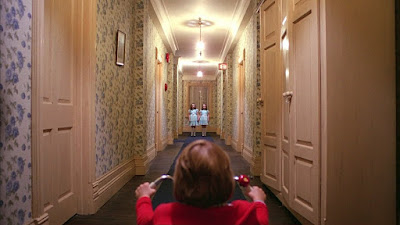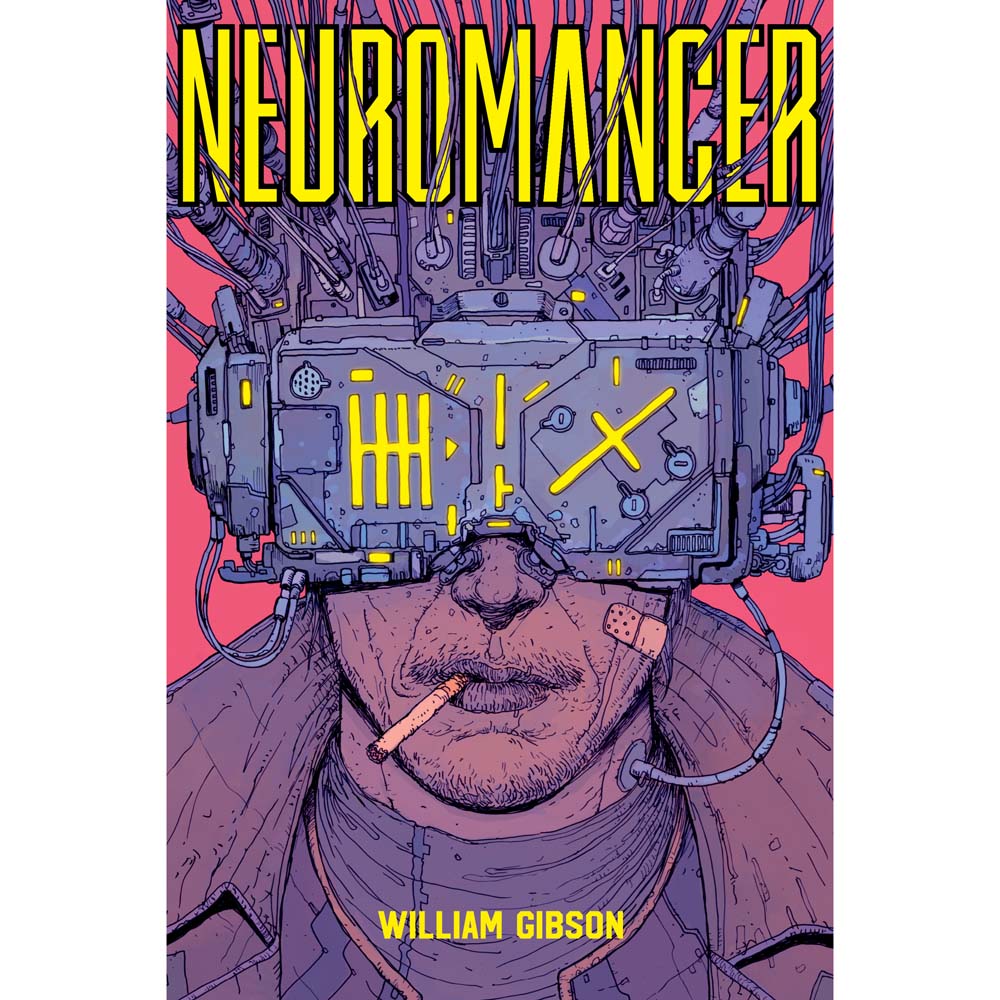So, it's Halloween. All the pumpkins and green food dye don't do much for me, to be honest, but I am interested in what makes a book or film frightening. I think there are five main aspects:
1) Suspense versus action
Skilled writers and directors know that whatever they put on the screen can't be as nasty as what the reader or viewer can think up. That's why the exploring of the haunted house takes up much more screen time than the ghosts. The demons in Hellraiser, for instance, get less than 5 minutes of screen time. It's important to know the distinction between what's frightening and what's exhilarating. Frightening is when we are hiding - exhilarating is when we are fighting back.
 |
| "For ever... and ever...." |
2) Power
Adversaries need to be dangerous, or to seem it. The skeletal robots of the Terminator films are relentless. The zombies in Night of the Living Dead may be slow, but they've got numbers, and they keep coming. Even in an action film like Where Eagles Dare, where the good guys are deadly commandos, they are going up against a much larger force. One robot or zombie or Nazi might not be much of a problem, but a whole load of them...
And then you have creatures like the cenobites of Hellraiser, or the ghosts in The Shining, which seem almost omnipotent in comparison to the people they hunt. The haunted house is much bigger than the people who enter it, and it holds all the cards. Of course, this can get ridiculous, like those slasher films where being insane seems to make you immune to gunfire, but a real expert knows how to balance this.
3) WTF?
Some of the strongest horror comes from a sense of not knowing quite what you're looking at. Until the very end of the film, the creature in Alien is never seen in full. The surreal beheading of Science Office Ash is only explained after he's stopped flailing around and squirting white slime. Until that point, it's like watching a nightmare.
There's an old BBC adaptation of M.R. James' ghost story "Oh Whistle and I'll Come To You, My Lad". In it, a professor dreams that he is being chased along a beach by... something. We know what we're literally looking at: it's clearly a sheet in a breeze. But the weird groaning sound it makes, coupled with the heartbeat on the soundtrack, makes us think "What the hell is that thing? Let's not find out!"
 |
| Whatever this is, it's not good. And it's getting closer. |
4) Sympathetic characters
It's impossible to care about characters that you don't like. That means that they need to have sympathetic motivations, to act sensibly and to be convincingly portrayed. The Cabin in the Woods is a good parody of bad horror films: the characters are forced to act out the ritual roles of idiotic teenage victims in a slasher movie. It's when they get away from the conditioning that they become more likable.
However, "sympathetic" sometimes means "entertaining" or "realistic" rather than "charming". A character can win a lot of respect from readers by being sensible and active. Macready from The Thing starts off gruff and rather miserable: Alien's Ellen Ripley seems prissy and uptight when we first meet her. But the acting is good and, once trouble starts, they're sensible, active and behave like decent (if frightened) people.
5) Taste
Surprising one, this. But I think great directors know when to pull away. Often, all that's needed is the hint of what's going on to bring the horror home. This often involves overstepping the bounds - but knowing when to stop. You never see the knife in the victim in Psycho. The worst deaths in Alien are never seen. After all, whatever you see, you can probably imagine something worse.
And with those pleasant mental images, I'll see you next time.






